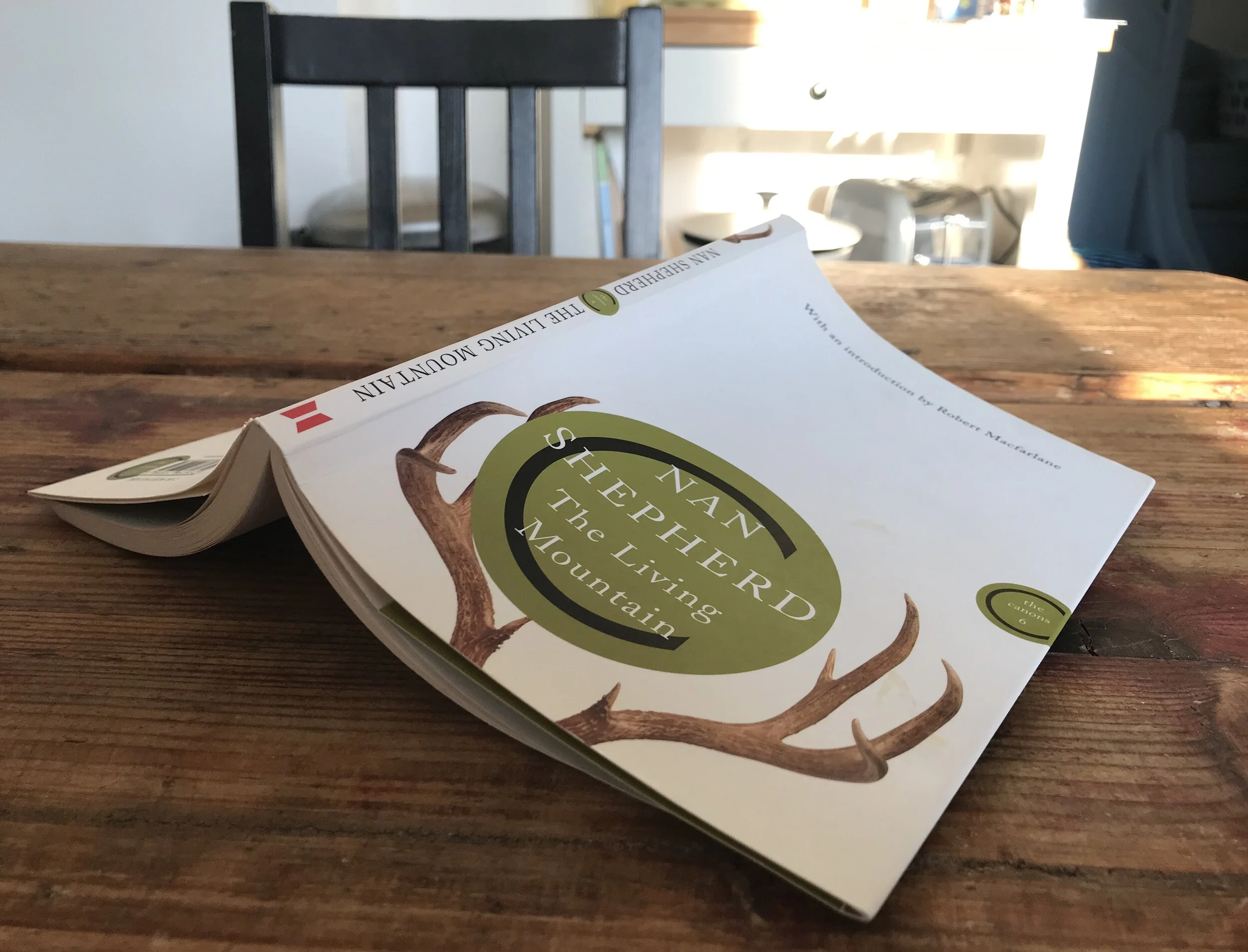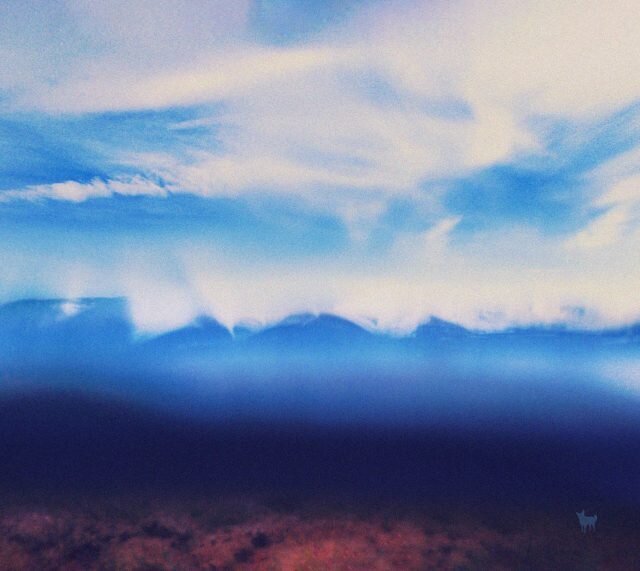9 November, Berlin-Pankow
/By Paul Scraton:
On this 9 November in Berlin the city is shrouded in fog as we leave our apartment on Osloer Straße. The last few days have been glorious, days made for walking, lingering in the autumn sunshine, but today the weather has closed in as we set off along the leaf-clogged pavement. But despite the change in the weather, I’m starting my week with a walk, a stroll from where I live in Gesundbrunnen across the old Berlin Wall border to Pankow, a deliberate choice for this particular morning, on this particular date.
The 9 November is Germany’s Schicksaltag, its day of fate. As I cross the bridge by the S-Bahn station at Bornholmer Straße I pass by a series of photographs from this day 31 years ago when the border was opened and thousands of people flooded across from the East to the West on the night the Berlin Wall came down. On this date in 1918, Kaiser Wilhelm was forced to abdicate in the November Revolution that ended the monarchy in Germany. On this date in 1923, Hitler’s Beer Hall Putsch failed in a volley of police bullets in Munich. And on this date in 1938, the November pogrom against the Jews was unleashed, an attack on their synagogues, their property and their lives, during which 400 were killed. In the days that followed, a further 30,000 Jews would be arrested, taken to the camps where many would later perish.
There is much to remember on this date in this city, and it has brought me to Westerlandstraße. I walk slowly along the pavement, counting down the houses until I reach number sixteen. I could have picked any number of addresses in my home city to walk to this morning, but this is the one I have chosen. In front of the house the leaves have piled up by the entranceway, covering up much of the pavement. I need to brush them aside in order to find what I am looking for, the three bronze cobblestones laid in the ground just in front of the door. Three cobblestones, one for each person: Conrad Danziger. Frieda Danziger. Emil Elie Leyser.
All three called Westerlandstraße 16 home. Conrad was an architect, who lived here with his wife Frieda from 1935. At some point after 1939, in the words of their neighbours who witnessed the event, the couple were “collected” by the authorities and taken to what was called a “Jewish Apartment” on Köpenicker Straße. On 2 March 1943, Conrad was deported to Auschwitz. On 16 June 1943, Frieda was also taken from the city, first to Theresienstadt and then later to Auschwitz. Emil, known as Elie, was their neighbour. He had lived on Westerlandstraße since 1931 with his wife Margarete, his son Leopold, Leopold’s wife Grete and their daughter Karin. Emil was arrested in 1939 and was also deported to Auschwitz on the 2 March 1943, where he was almost immediately murdered. Leopold and his family were deported to Chelmno/Kulmhof, where all three were killed. What happened to Margarete is as yet unknown.
In front of the house on Westerlandstraße, everything is quiet. I look down at these three stones that represent three lives, all lived here in Berlin-Pankow, all extinguished in Auschwitz. Even the main road at the end of the street seems to be less busy than one would expect on a Monday morning. Perhaps it is the impact of the latest lockdown, perhaps it has something to do with the weather. Kneeling on the pavement, I try to polish the Stolpersteine, these stumbling stones that have been laid for Conrad, Frieda and Elie, the best I can. Across Germany and in other places in Europe where these stones have been laid, others will be doing the same. Polishing and placing a candle or a flower on these tiny memorials laid in the ground. Memorials that put names to the millions of lives lost in the Holocaust. Memorials that help us to tell their stories.
I make my way back slowly through the back streets of Pankow to Bornholmer Straße, past the last of surviving embassies that were built here in GDR times, crossing the bridge once more above the railway tracks that once served as a border between two worlds. The history of Berlin can sometimes weigh heavy on this city of ours, where every street seems to contain a memorial and every date in the calendar marks some kind of anniversary. So much so that it is often very easy to miss them, to pass by without a second glance or let the dates slip by unremarked. But it remains important to remember, and perhaps today more than ever.
Although the biographical information on the Stolpersteine is, by design, starkly limited, the Stolpersteine Berlin website has done a fantastic job of creating an online archive of life stories for many of those remembered through these tiny memorials, including the lives of Conrad Danziger, Frieda Danziger and Emil Elie Leyser, who lived at Westerlandstraße 16.
***
Paul Scraton is the editor in chief of Elsewhere: A Journal of Place. He lives in Berlin, Germany.











